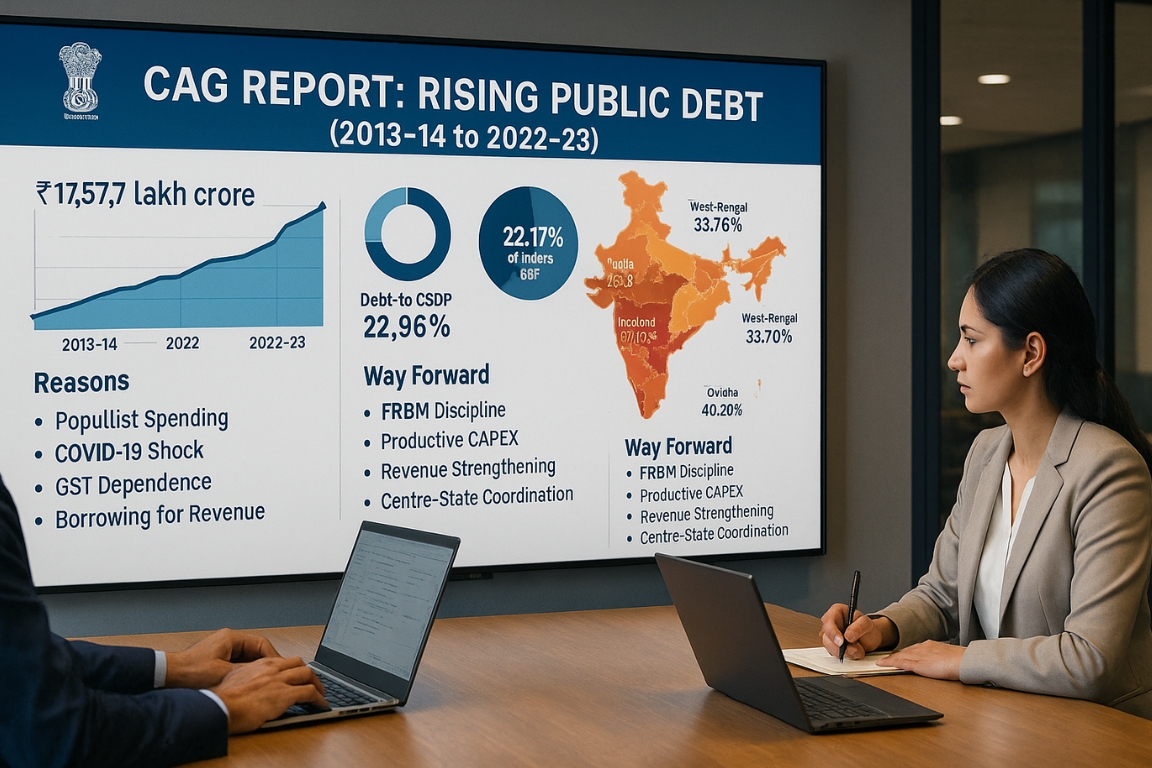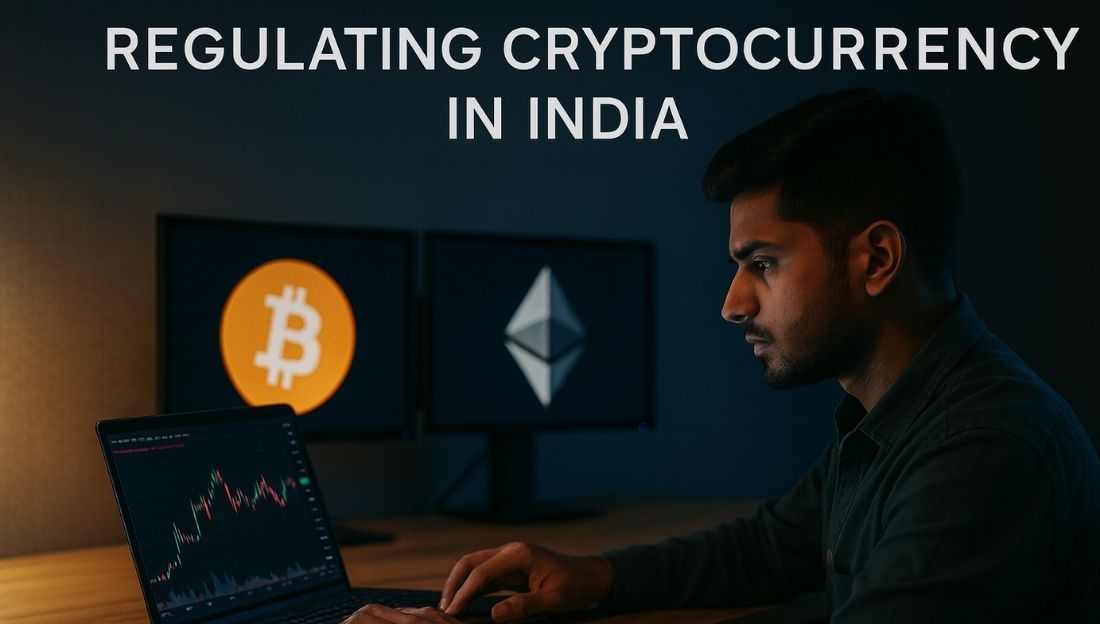Union Finance Minister Nirmala Sitharaman, at the Kautilya Economic Conclave, stressed that countries must prepare to engage with stablecoins and new forms of money.
What are Stablecoins?
- A type of cryptocurrency designed to maintain a stable value.
- Pegged to assets like major currencies (USD, Euro) or commodities (gold).
- Aim: reduce volatility usually seen in digital currencies like Bitcoin.

Finance Minister’s Key Points
- Global Monetary Shifts: Innovations like stablecoins are changing global money flows and financial systems. adapt to these changes or risk being left out of the new monetary order.
- No Isolation Possible: Countries cannot shield themselves from systemic changes in global finance. Engagement with digital assets is unavoidable, whether welcomed or not.
- India’s Economic Resilience: India is strong enough to withstand external shocks. Global conflicts and rivalries are testing old alliances while forming new one, India must adapt with caution and resilience.
- Need for Vigilance: Strategic independence requires constant performance and proactive decision-making. Complacency could weaken India’s financial and strategic standing.
India’s Position on Cryptocurrencies
- Finance Ministry: cautious, allows taxation but has not legalized private cryptocurrencies.
- RBI: advocates for an outright ban on private virtual assets.
- CBDC Pilot: RBI is testing India’s official digital currency with full legal backing, unlike private coins.
Significance for India
- Stablecoins could influence capital flows, monetary sovereignty, and financial stability.
- Ignoring them may isolate India from global financial systems.
- However, risks of misuse (money laundering, terror financing, volatility) must be addressed with strong regulations.
Summary:
India recognizes the inevitability of stablecoins and digital money but wants to balance innovation with caution. The FM’s message highlights the need for preparedness, vigilance, and adaptability in shaping India’s future monetary policy.





